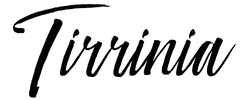What’s the best shape for me?
Hats are like love. There’s a hat out there for everyone…and once you find it, you’ll know.
We’re good at playing matchmaker. We want to help you find the perfect hat.
If you’re looking for a little hat love, read this guide to get started. We’ll walk you through the basics. Or just come into one of our hat shops and we’ll take it from there.




